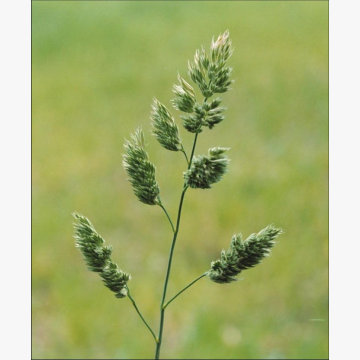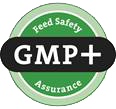- Home
- Seeds
- Fodder grasses and legumes
- FORAGE GRASSES
- Cocksfoot DICEROS
FOR CONSULTATIONS APPLY TO:
Commercial director
Lina Smalskienė
tel. +370 618 02 551
e-mail linak@agrolitpa.lt
Sales manager
Tautvydas Kliučininkas
tel. +370 681 35 093
e-mail tautvydask@agrolitpa.lt
Sales manager
Eglė Petkevičienė
tel. +370 626 95 458
e-mail eglep@agrolitpa.lt
Sales manager
Kotryna Nakrošytė
tel.: +370 601 39 282
e-mail kotryna@agrolitpa.lt
Products
A very late, high yielding, winter hardy cocksfoot with good resistance to rust
- Even yield distribution
- High overall yield
- Low susceptibility to rust
- Good winter-hardiness
- Ideal for dry places
- Resistant to cold
- Tolerate intensive fertilisation level and cropping
- Tolerate grazing
- Very high yields
- The yields of all cuts are evenly distributed
- Winter hardiness – high
- Flowering – late (latest flowering variety in Germany) (blooms 3 days later than plants of the late BELUGA variety)
- Suitable for both grazing and cutting
- Under favourable conditions, grazing can be done 4-6 times, cutting – 3-4 times (in Germany)
- Ideal for drier areas
- Tolerates higher fertilization level
- Heading time – 7 points
- Development after sowing – 5 points
- Tendency to die during winter – 5 points
- Tendency to lodging – 5 points
- Susceptibility to rust – 3 points
- Crop density – 4 points
- Total dry matter yield – 6 points
- Dry matter yield of the first cut – 5 points
- Aftermath dry matter yield – 6 points
*Source: Bundessortenamt [Federal Plant Variety Office] 2018, state variety tests, Rating scale: 1 – very early/very low; 5 – medium; 9 – very late, very high
- Yield – 4.6 points
- Growth in early stages – 4.3 points
- Overall impression/image – 3.7 points
- Competitiveness – 3.6 points
- Persistence – 4.1 points
- Resistance to leaf spot and rust – 2.5 points
- Resistance to damage in winter – 5.5 points
- Digestibility of organic matter – 6.7 points
- Overall evaluation index – 4.5 points
*Source: Results of the official Swiss variety trials 2005-2007 (späte Sorten) (Suter et al. 2008). Rating scale: 1 – very good; 5 – medium; 9 – very bad
- Ploidy – tetraploid
- Heading time – late/very late
- Length of longest stem including inflorescence – short/medium
- The length of the flag leaf – long
- The width of the flag leaf – medium
*Source: Description according to UPOV guidelines. DUS test conducted at La Minière, GEVES (FR), 2005-2007
The varietal parameters may differ from those indicated here when the testing circumstances differ from quondam
Recommended sowing rate: 6-8 kg/ha for pure crop, and 12-16 kg/ha, when sowing as under sowing crop
Keravos sreet. 17, Kerava,
LT-38 131 Panevėžys district, LITHUANIA
Enterprise's code 168598128
VAT code LT685981219
Tel. +370 615 11 315
E. mail info@agrolitpa.lt




.JPG)

